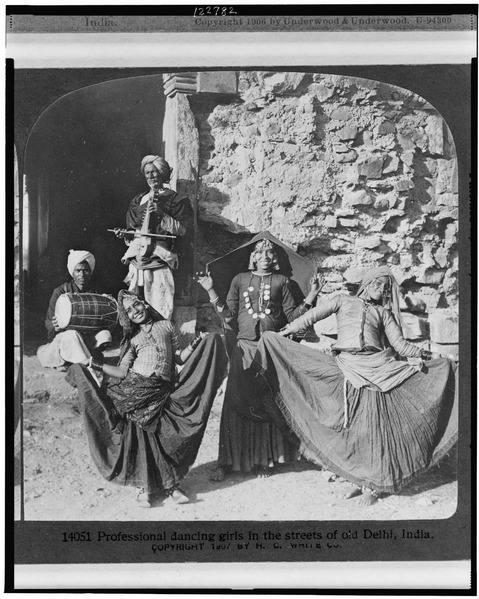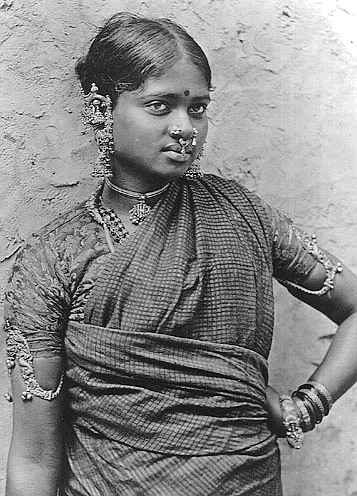Introduction
During the 1930s, the Tamil speaking areas of the Madras presidency witnessed a debate on the ‘devadasi’ system. ‘ The debate was triggered off by a bill on devadasi abolition introduced in the Madras legislative council in 1930. In the course of the debate, devadasis were stereotyped and essentialised either as the protectors of art and culture or as unchaste women. This process of essentialising was common to both the supporters and the opponents of the devadasi system and this had resulted, as one would expect, in a denial of the devadasis their role as subjects.
This brief paper analyses, against the background of this debate, a novel written by Moovalur Ramamirtham Ammaiyar, a devadasi who demonstrated her will to break away from the ‘dasi’ system and militantly took up women’s issues as part of the early Dravidian Movement. The novel, Dasigal Mosavalai Allathu Mathi Petra Minor [The Teacherous Net of Devadasis or the Minor Grown Wise, Madras, 1936], deals specifically with the lives and struggles of devadasis and, as we shall see in the course of the paper, it was not only located in the political milieu of the devadasi debate, but departs radically from the parameters of the debate and asserts in its own way devadasis as subjects. This radicalism of the novel is what the present paper attempts to bring out by means of contrasting the novel with the devadasi debate.
The paper is divided into six sections. The first section provides a synoptic summary of the history as well as certain sociological aspects of the devadasi system in Tamil areas. The second section analyses the devadasi debate; the third section gives a brief account of the political career of Ramamirtham Ammaiyar, who authored the novel in question; the fourth section brings out certain salient features of the novel and provides a synopsis of its contents; the fifth section analyses how the devadasis were represented in the novel. The sixth and the concluding section compares the novel with the devadasi debate so as to show how the novel departs from the debate.







